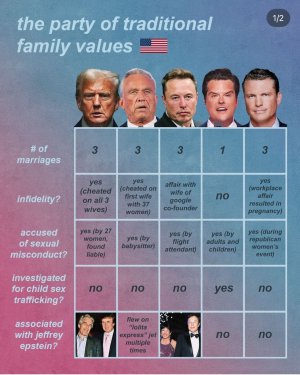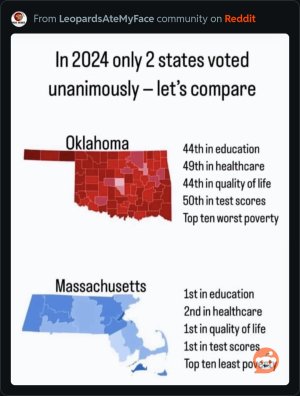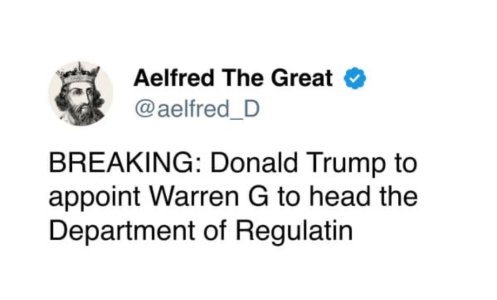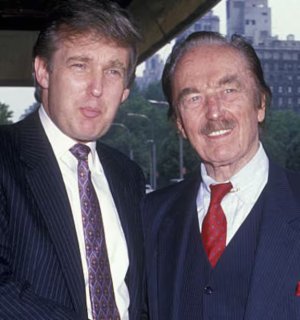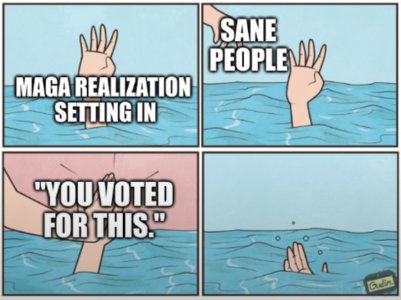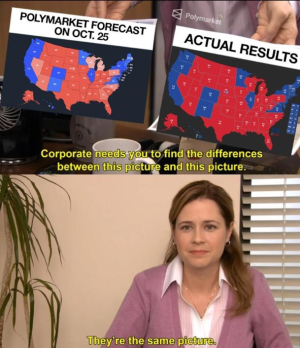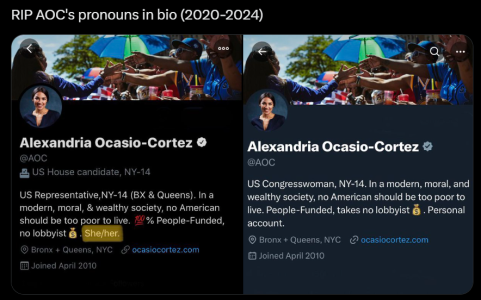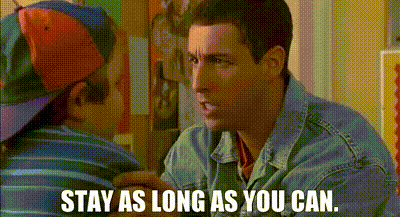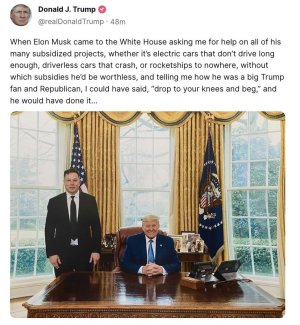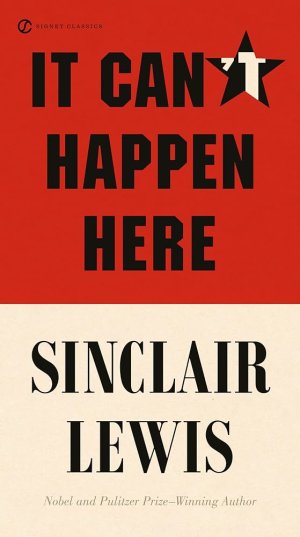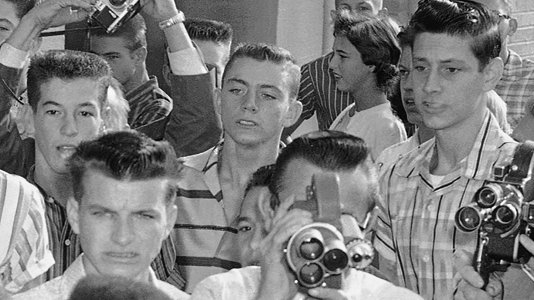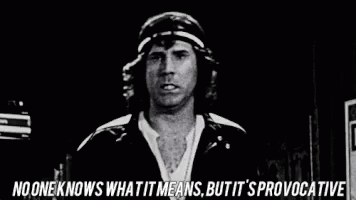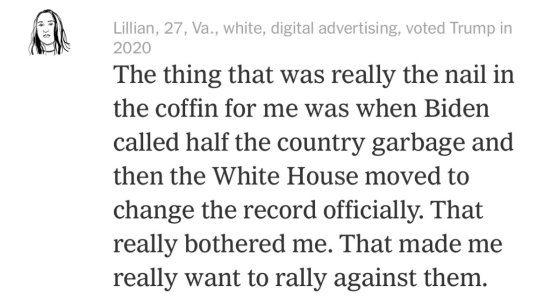- Mar 27, 2004
- 18,386
- 34,061
My takeaway is that there's always a chance that we miss something in the polls. Putting aside blatant voter suppression for now, this year's pandemic changes the calculus behind whether a typical voter will vote (or whether a typical non-voter will vote). It has greatly shifted the voting to early voting and mail-in ballots, which could also make a difference on how the polls relate to reality. I'm guessing models typically assume that all or most of the votes are coming on election day, so they use that time point for their predictions, which differs from what is happening this year were a majority of ballots may be coming in early.I just found this article about how they've changed their models since 2016.
I'll read tonight when I have time.

What Pollsters Have Changed Since 2016 — And What Still Worries Them About 2020
If you ask Americans whether they trust the polls, many seem unable to let go of what happened in 2016. Polls taken since then have generally found that a major…fivethirtyeight.com
The polls are better than they were in 2016, but the polls in 2016 were not terrible to begin with. It just shows there are limitations to the predictions. Despite an 8% lead in the predicted popular vote (Obama won by less in the 2008 election but got 365 electoral votes for an easy win), 538 still gives Biden a 10% chance of losing.








